Introduction:
The Samsung Galaxy S (i9000) is a smartphone that was first introduced in 2010. It is a popular device that was well-received by users due to its advanced features and capabilities. This device has several main specifications that make it stand out from other smartphones of its time.
Display:
The Samsung Galaxy S (i9000) has a 4.0-inch Super AMOLED capacitive touchscreen with a resolution of 480 x 800 pixels and 16M colors. The Super AMOLED display technology provides better visibility and brightness, even in direct sunlight, while consuming less power than other display technologies.
Body:
The body is made of plastic and is protected by Corning Gorilla Glass, which helps to prevent scratches and other types of damage. The device measures 122.4 x 64.2 x 9.9 mm and weighs 119 grams. It has a sleek and slim profile that was considered impressive for a smartphone at that time. The device also features a physical home button on the front of the device, along with capacitive touch buttons for back and menu functions.
Processor
The Samsung Galaxy S (i9000) is powered by a 1 GHz Cortex-A8 processor, which was considered quite powerful when the device was released in 2010. The processor is paired with a PowerVR SGX540 GPU, which provides good graphics performance.
Memory:
The device has 512 MB of RAM, which is relatively low compared to modern smartphones, but was considered sufficient for the time. The Samsung Galaxy S (i9000) was available with 8 or 16 GB of internal storage, and it also has a MicroSD card slot that supports cards up to 32 GB, allowing users to expand their storage capacity.
Camera:
The Samsung Galaxy S (i9000) has a 5 MP primary camera that supports autofocus and LED flash. The camera can also record 720p videos at 30 frames per second, which was considered impressive for a smartphone in 2010. The device also has a secondary VGA camera, which is primarily intended for video calls.
Battery:
The Samsung Galaxy S (i9000) has a removable Li-Ion 1500 mAh battery, which was considered quite powerful for a smartphone in 2010. The device can provide up to 13 hours of talk time on 3G, which is still a decent amount of battery life today.
The Samsung Galaxy S (i9000) uses a standard Micro-USB port for charging and data transfer. It requires a charger that provides 5V/1A of power.
Other features:
- Accelerometer
- Proximity sensor
- Digital compass
- FM radio with RDS.
Conclusion:
Overall, the Samsung Galaxy S (i9000) was a solid device when it was released in 2010. While it may not be as impressive as modern smartphones, it was a great device for its time, and it paved the way for the advanced smartphones that we have today.
Frequently Asked Questions:
Q: Does the Samsung Galaxy S (i9000) support 4G LTE?
A: No, the Samsung Galaxy S (i9000) only supports 3G connectivity. It was released before the introduction of 4G LTE networks.
Q: Can the Samsung Galaxy S (i9000) be upgraded to the latest version of Android?
A: No, the Samsung Galaxy S (i9000) is no longer supported by Samsung and cannot be upgraded to the latest version of Android. The highest version of Android that the device can run is Android 2.3 Gingerbread.
Q: Does the Samsung Galaxy S (i9000) have a fingerprint scanner?
A: No, the Samsung Galaxy S (i9000) does not have a fingerprint scanner. This feature was not yet common in smartphones at the time of its release in 2010.
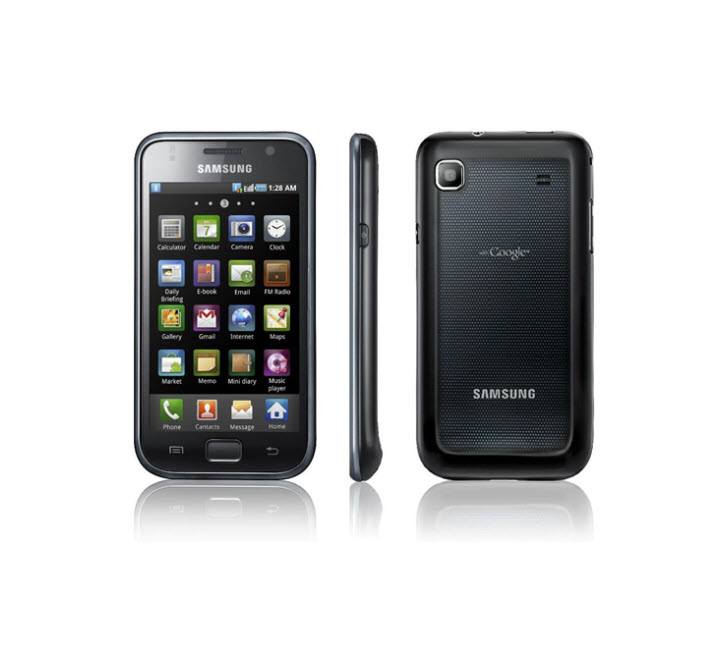
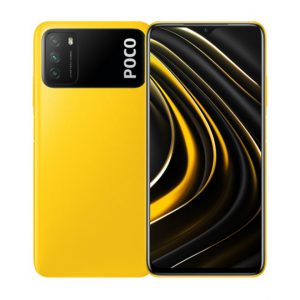
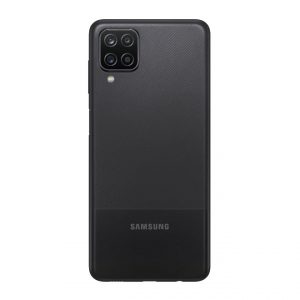
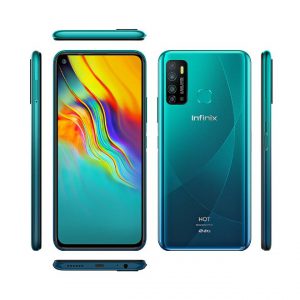
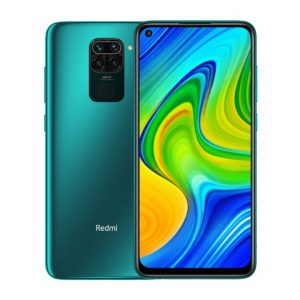
There are no reviews yet.